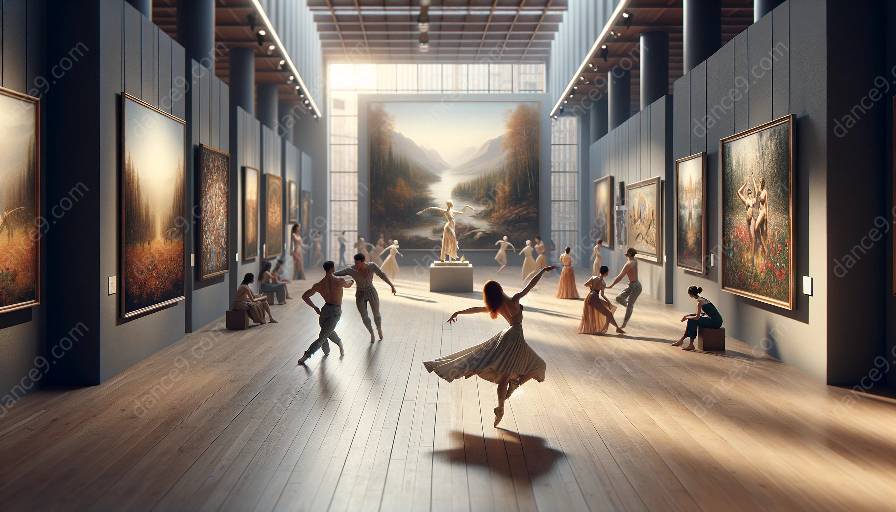Dance and visual arts are two distinct forms of artistic expression, each with its own unique characteristics and techniques. However, both art forms share a common thread when it comes to the application of composition principles. The principles of harmony, balance, and rhythm play a crucial role in shaping and defining the artistic elements in both dance and visual arts.
Harmony in Dance and Visual Arts
Harmony is the pleasing combination of different elements within a composition. In dance, harmony is achieved through the coordination of movements, space, and music. Dancers create a harmonious visual and auditory experience by synchronizing their movements with the rhythm of the music and using the space around them effectively. Similarly, in visual arts, harmony is achieved through the skillful arrangement of colors, shapes, and lines. Artists use techniques such as color theory and composition to create a harmonious balance of visual elements that evoke a sense of unity and coherence.
Balance in Dance and Visual Arts
Balance is the distribution of visual weight in a composition. In dance, balance is achieved through the careful distribution of body weight and movement. Dancers utilize techniques such as counterbalance and symmetry to create a sense of equilibrium and stability in their performances. In visual arts, balance is achieved through the arrangement of visual elements such as shapes, colors, and textures. Artists use principles such as symmetry, asymmetry, and radial balance to create visually appealing compositions that convey a sense of equilibrium and proportion.
Rhythm in Dance and Visual Arts
Rhythm is the movement or variation characterized by the regular recurrence or alternation of different elements. In dance, rhythm is expressed through the sequence and timing of movements. Dancers use various tempos, accents, and pauses to create rhythmic patterns that engage and captivate the audience. In visual arts, rhythm is expressed through the repetition and variation of visual elements. Artists use techniques such as pattern, repetition, and movement to create a sense of visual rhythm that guides the viewer's eye through the composition.
Overall, the application of composition principles in both dance and visual arts serves to enhance the artistic expression and communicative power of these art forms. By understanding and utilizing harmony, balance, and rhythm, artists can create compelling and impactful works that resonate with audiences on a deep and emotional level.











































